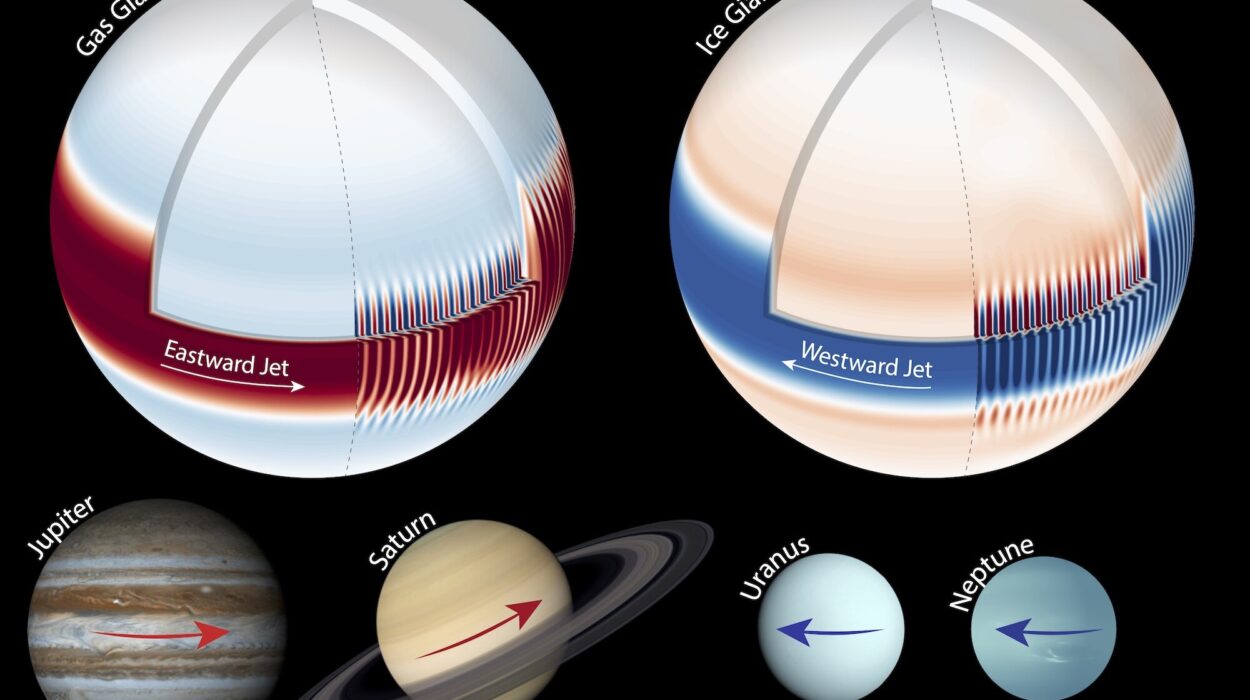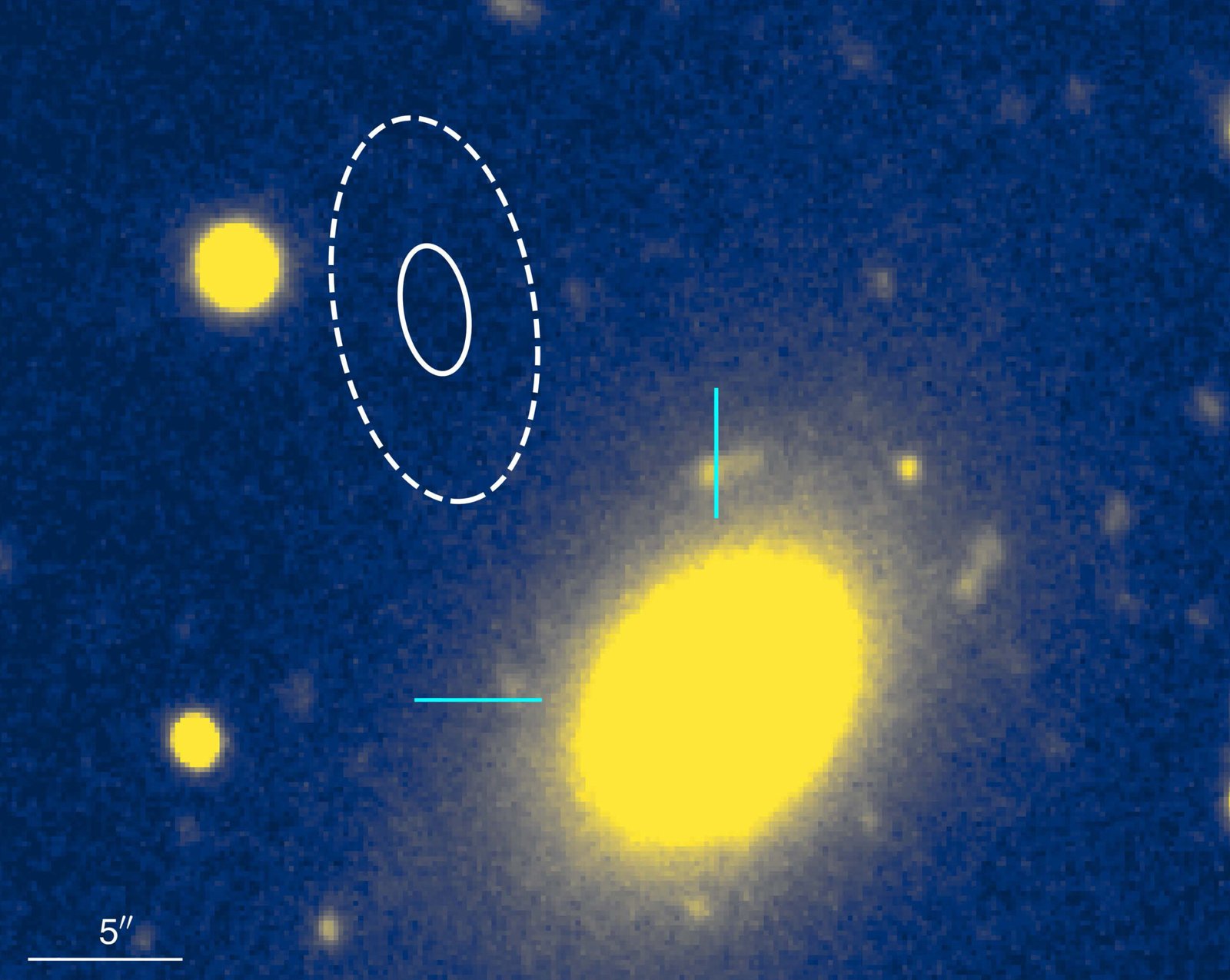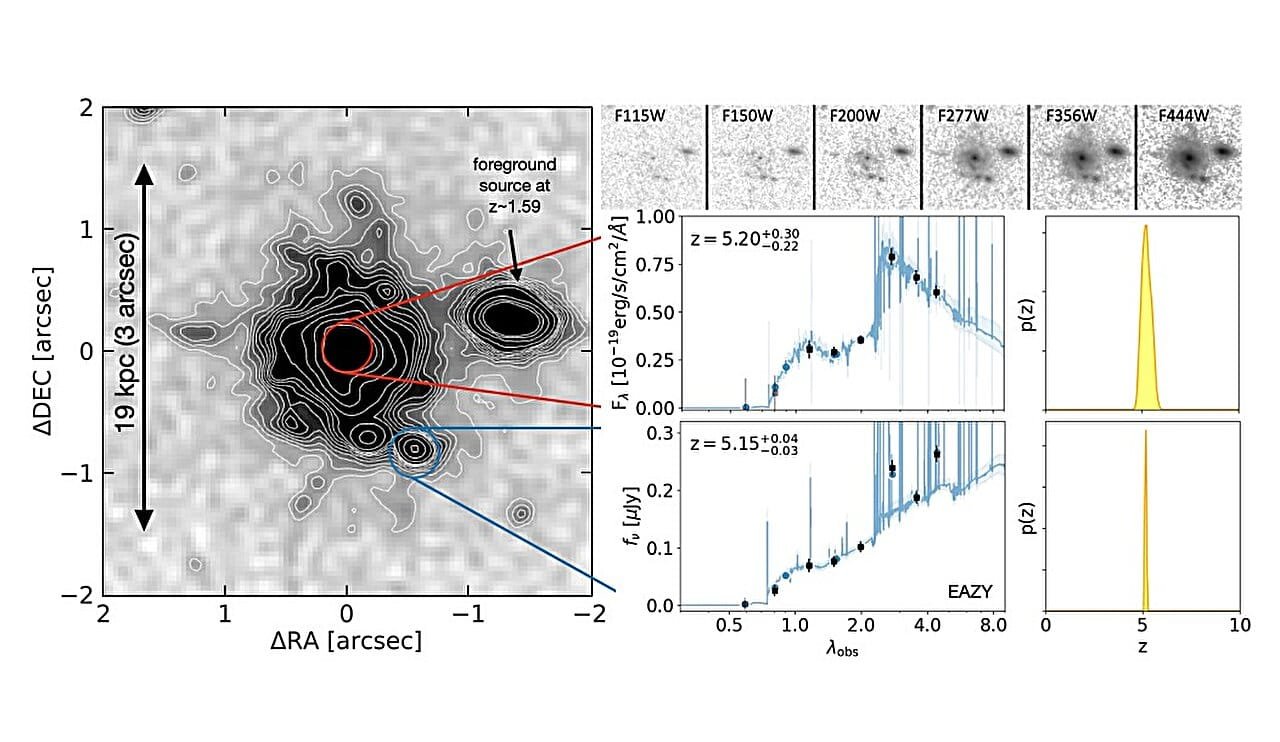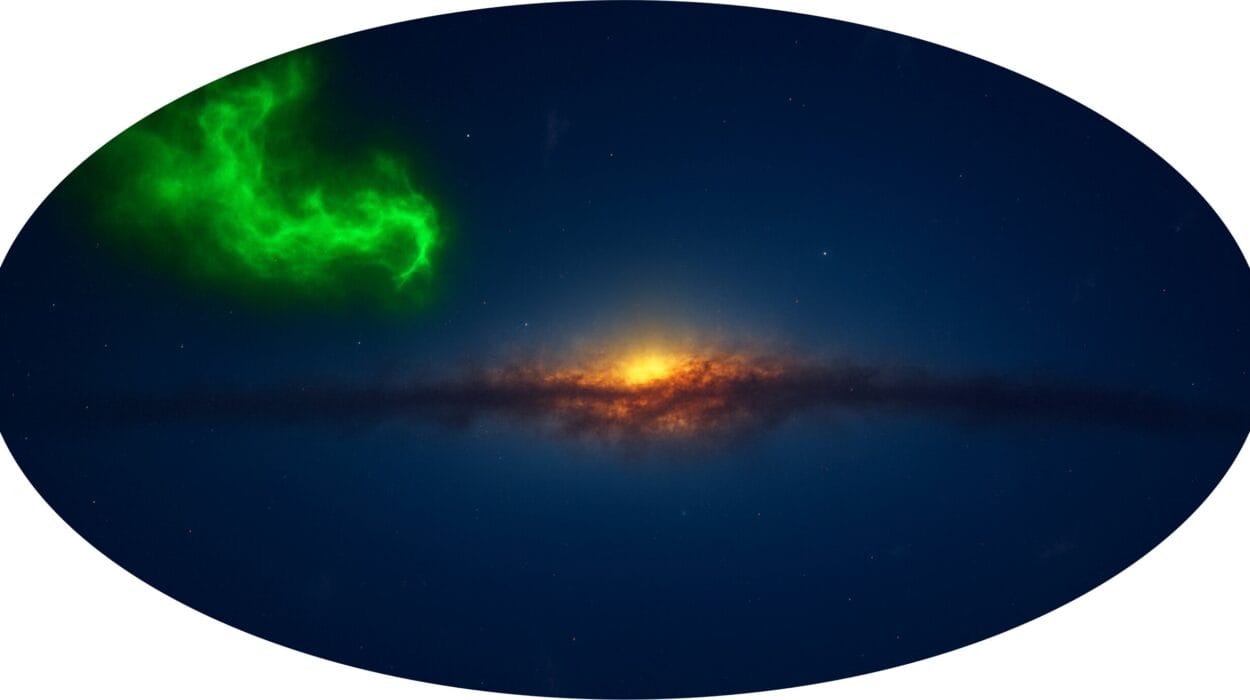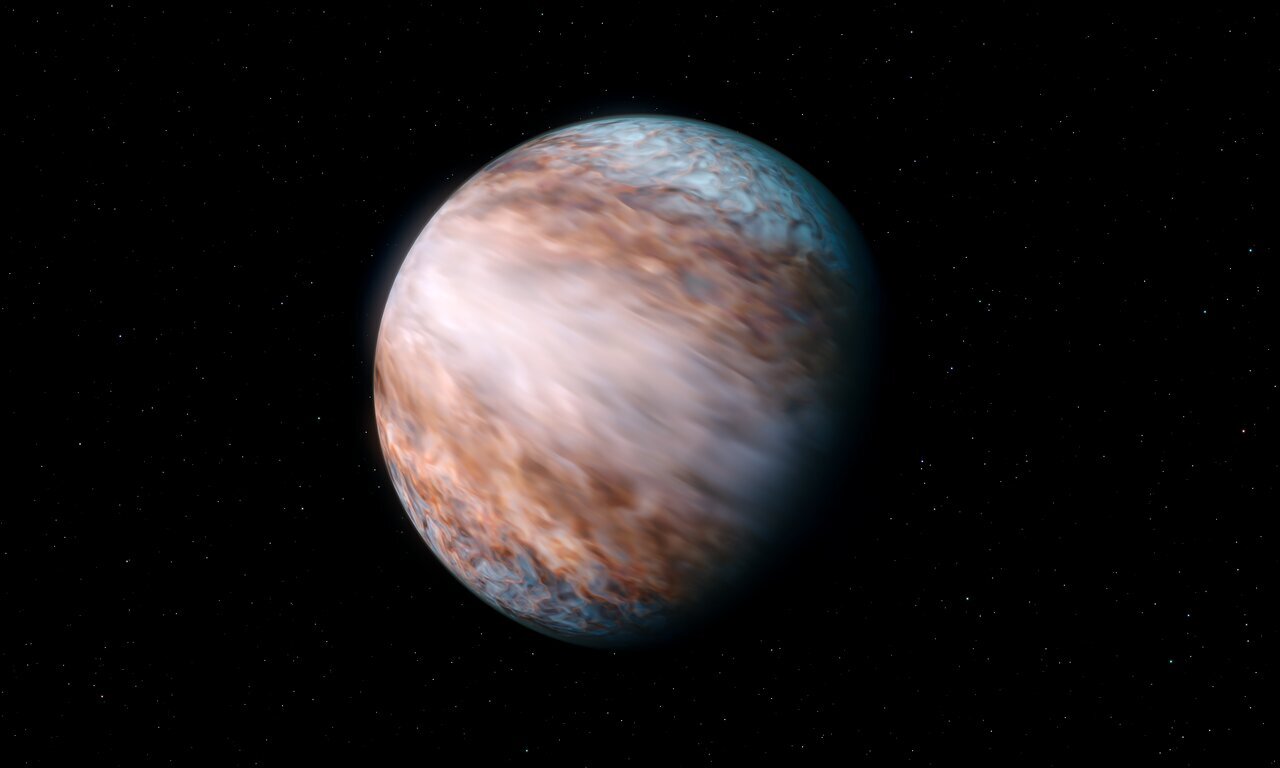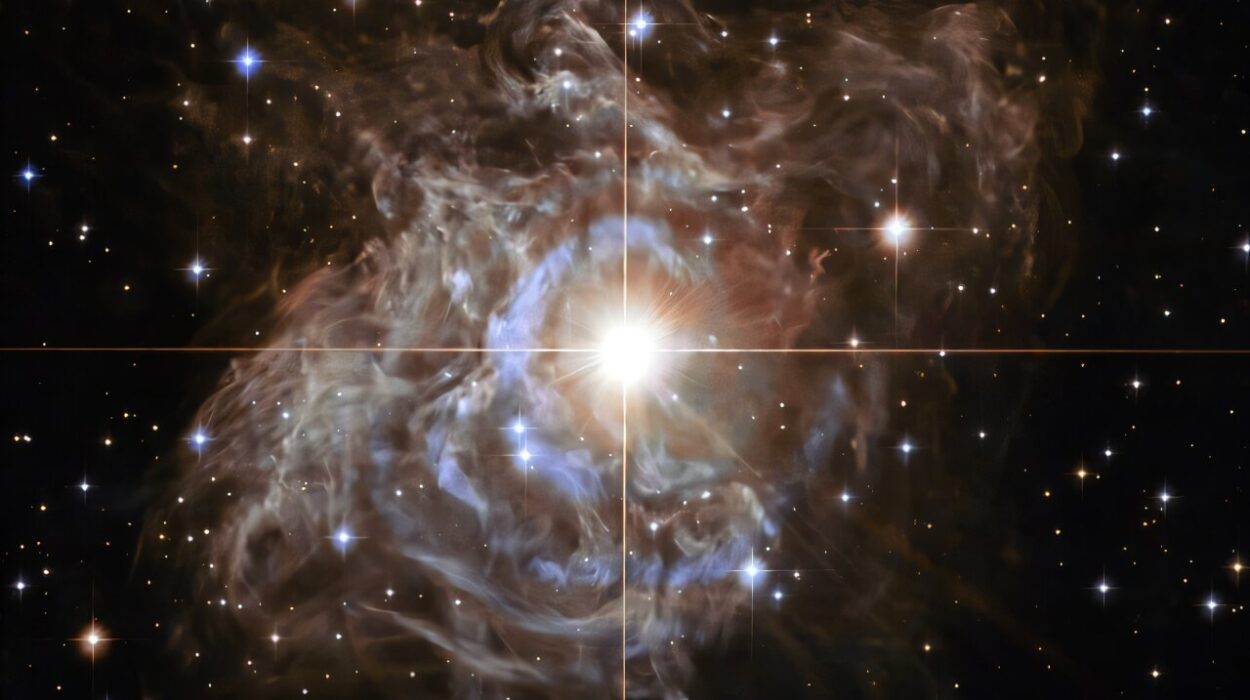Astrophysicists, led by a team from Trinity College Dublin, have reached a major milestone in astrophysical research by successfully imaging a large number of exocometary belts around nearby stars. In this unprecedented study, scientists used state-of-the-art techniques to capture stunning, high-resolution images that show not only the belts themselves but also the tiny pebbles within them—millimeter-sized particles believed to be fragments of larger exocomets. These crystal-clear images, gathered using the Atacama Large Millimeter/submillimeter Array (ALMA) and the Submillimeter Array (SMA), have provided previously unattainable insights into the composition, structure, and dynamics of cometary belts, not only around our Sun but across an astonishing range of distant exoplanetary systems.
The study, named the REASONS (REsolved ALMA and SMA Observations of Nearby Stars) program, has opened new doors to understanding planetary formation, the icy reservoirs that play a pivotal role in the creation of planets, and the possible presence of invisible planetary bodies that could influence the structure of these belts. By investigating 74 stars of varying ages—from newly forming stars still in their birth phase to more mature systems resembling our own solar system—the study provides critical information on how exocomets and their associated belts evolve in different stages of a star’s life cycle.
The Hidden World of Exocomets
Exocomets are remnants of a system’s formation, consisting primarily of ice and rock. These objects, much like comets in our solar system, travel in elliptical orbits within the belts surrounding stars. Typically located tens to hundreds of astronomical units (AU) from their parent stars (1 AU is the distance from Earth to the Sun), exocomets occupy regions so frigid that compounds, including water, are frozen solid. In fact, temperatures within these belts are as low as -250 to -150 degrees Celsius.
The pebbles detected in the images of exocometary belts—tiny solid particles—represent fragments that have broken off larger comets after repeated collisions. These fragments give astrophysicists valuable insight into where ice, a key ingredient in planetary formation, resides within these distant systems. Because water in various forms exists in the ice surrounding these exocomets, the presence of such structures could be key to unraveling the history of life-friendly chemicals within exoplanetary systems.
As Luca Matrà, Associate Professor in Trinity College Dublin’s School of Physics and the senior author of the study, explains, exocomets—solid objects measuring at least 1 km in diameter—collide within these belts, breaking into smaller fragments that can be observed as pebbles. The study not only provides important data on these remnants but also gives unprecedented insight into where the icy components of planetary systems, particularly water ice, are stored.
These ice-rich exocomets are akin to the icy bodies in our own solar system, such as comets in the Oort cloud, offering key analogs for studying planetary evolution in different systems.
A Sweeping Look at Exocomet Belts Across Multiple Star Systems
The REASONS study examined a wide array of exoplanetary systems, from those still in their infancy to others that have reached a more mature stage, similar to our solar system. Through this broad sampling, the team gained unique insights into the diversity of exocometary belts. While the canonical image of a cometary belt, such as our Edgeworth-Kuiper belt, evokes the idea of a narrow ring of icy bodies, the research revealed much more varied configurations.
According to Dr. Sebastián Marino, Royal Society University Research Fellow at the University of Exeter and co-author of the study, the structures of these belts are far from homogeneous. The astrophysicists found that, while some systems exhibit narrow, ring-like belts reminiscent of our own, many others showcase broader structures, better described as disks. These findings underscore the variability and complexity of exocometary belts around different stars.
Importantly, some of the systems studied exhibited multiple rings or disks that are not perfectly circular but eccentric in shape. This is significant because it may provide evidence that unseen planetary bodies, which have yet to be directly detected, are at play. These gravitationally unseen objects could be shepherding the smaller exocomets and pebbles in the belts, much like the planets in our own solar system shape the behavior of objects in the Kuiper belt and asteroid belt.
New Insights into Planetary Formation and Evolution
The REASONS study is groundbreaking not just because it offers an incredible visual record of exocometary systems but because it reveals important trends in the evolution of these belts. Prof. Matrà highlights that, by observing how the populations of these pebbles change in systems of varying ages, the study provides critical data on the lifecycle of these cometary belts.
One key finding is that, as stars age, their cometary belts evolve, with a decrease in the number of large exocomets smashing together to form new pebbles. This decline becomes more pronounced as the belts get closer to the central star, a critical insight into the dynamics of the belts as their stars mature. The study also indirectly suggests the existence of larger bodies within these belts—objects the size of moons, up to 140 km in diameter—that could influence the distribution of pebbles but remain undetectable with current observational tools. The structure of the belts, particularly their vertical thickness, points to the gravitational effects of these objects, further complicating our understanding of these systems.
Such findings have implications for how we view the birth and evolution of exoplanetary systems. They suggest that the characteristics of cometary belts could help reveal the conditions under which planets—and, possibly, life—form. The distribution of ice, especially in the form of water, may also provide clues about the potential for habitable environments in distant worlds.
The Role of ALMA and SMA in the Discovery
A major element of the success of the REASONS study is the use of advanced observational tools like ALMA and SMA, which can detect millimeter- and submillimeter-wavelength radiation. These wavelengths are ideal for observing cold, distant objects like exocomets and their belts, where radiation emitted by particles in these regions is readily captured by these arrays.
ALMA, consisting of 66 radio telescopes stationed in the Atacama Desert in Chile, and SMA, composed of eight elements in Hawaii, are both extraordinary instruments that have revolutionized the field of astrophysics. Their ability to capture images with exceptional resolution and clarity is a testament to the evolving capabilities of observational technology, allowing scientists to probe distant regions of space in unprecedented detail. Dr. David Wilner, a Senior Astrophysicist at the Center for Astrophysics | Harvard & Smithsonian, emphasizes the role these arrays play in expanding our understanding of the universe.
The findings from the REASONS survey also hint at future possibilities for astronomical research. The dataset created by this study holds significant long-term value, enabling astrophysicists to track the growth and evolution of these belts across different phases of stellar life. Combined with upcoming observational missions like the James Webb Space Telescope (JWST) and the upcoming generation of extremely large telescopes, these efforts will help us dive even deeper into the mysteries of exoplanetary systems, their icy bodies, and how they interact with the stars that host them.
Conclusion: A New Era of Exoplanetary Research
The REASONS study represents a significant step forward in the field of astrophysics, allowing scientists to study the fascinating world of exocometary belts around nearby stars with unmatched clarity. By imaging and analyzing these cometary structures in detail, researchers have unlocked new insights into the processes that govern the evolution of planetary systems, as well as the role that ice—water, in particular—might play in the formation of planets and potential habitability.
As observational technology continues to improve, and as more is discovered about these distant systems, the REASONS study’s legacy will only grow. It sets the stage for future breakthroughs in the understanding of how planetary systems evolve, offering essential clues to the existence of life beyond Earth. Ultimately, these insights will help answer profound questions about the origins of the solar system and the wider universe, cementing REASONS as a milestone in modern astrophysics.

